Plants have a peculiar “circulatory system”, which allows them to be provided with all the substances necessary for development. Its crown is liberation from water through leaves and stems, which biologists have called "transpiration."
Material Content:
Transpiration - what is it
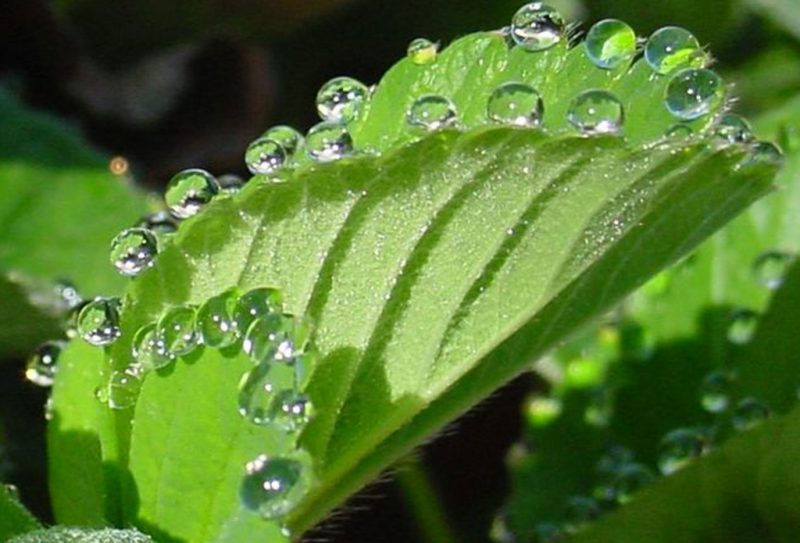
If we talk about this concept in more detail, then transpiration is nothing but evaporation into the atmosphere of moisture from the leaves and stems of living plants. This phenomenon helps the water that the root system absorbs, sometimes from sufficiently deep layers of the soil (in deserts, the roots can go even down to twenty meters), climb stems or trunks to leaves, flowers, fruits, delivering the necessary minerals to all parts of the plant body and elements. And a new portion of water with nutrients is “absorbed” due to transpiration in plants: the place is freed up by evaporation of the used moisture through small pores on the leaves located on the back side. The intensity of water movement depends on external factors - time of day, temperature and humidity. In other words, the plant transpires when the humidity inside it is higher than the humidity in the surrounding atmosphere. It is proved that ten percent of all moisture that evaporates on the surface of the Earth is attributed to the plant world of our planet.
The biological significance of transpiration
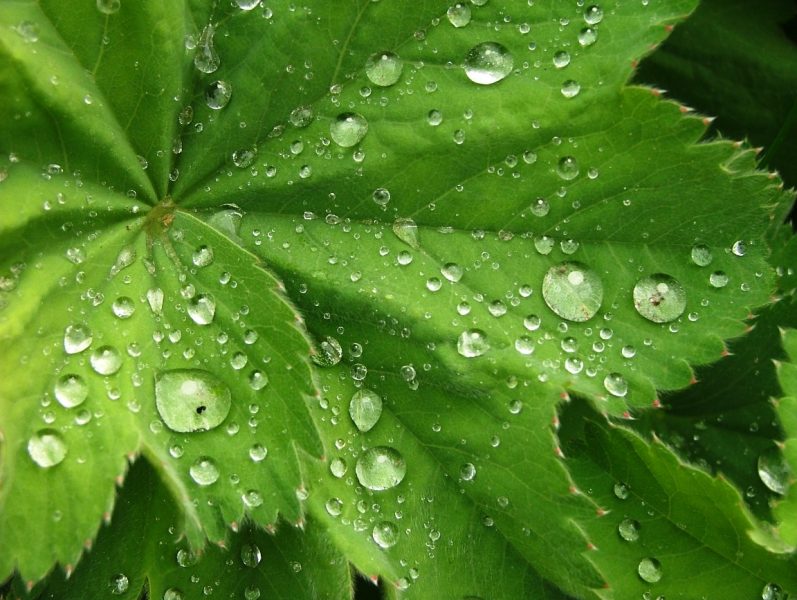
To paraphrase a well-known expression, we can say: if some phenomenon exists, then it is necessary for something. This is also true of transpiration. For plants, it is of vital importance, and to consider it fatal to the world of flora is wrong.
- The transpiration process provides a constant movement of water "from the heels to the crown" - through the roots, stems, leaves.
- Thus, it is possible to regulate the temperature and water conditions. On the hottest time of a summer day, the leaves are usually cooler than the surrounding atmosphere by three to eight degrees.
- Evaporation helps to relieve the plant from excess moisture inside and give place to a new batch of water full of micronutrients.
- Transpiration prevents overheating and burns of leaves at high temperature or in direct sunlight.
But if more water leaves than the plant manages to “drink” roots from the earth, it is in danger:
- moisture deficiency;
- stunted growth;
- a decrease in the intensity of photosynthesis;
- metabolic disorders inside the plant body.
The result may be not just wilting, but even death. And yet, if the conditions are not extreme, the plant is able to independently regulate the level of evaporation. If there is not enough water to the surface from where it evaporates, transpiration slows down.
Water movement processes
As we have already found out, transpiration is a natural physiological process in the plant world. Its main organ is the leaf. Since there are many leaves in plants, they form a sufficiently large area for evaporation. As a result, the water potential decreases, and this is a signal for leaf cells to absorb water from xylem veins. According to the principle of falling dominoes, the movement of water from the roots along the xylem to the leaves is provoked. Something akin to the upper end engine is formed. And the more active transpiration, the more powerful the upper “engine”, and the stronger the suction force of the “engine” of the lower - root system.
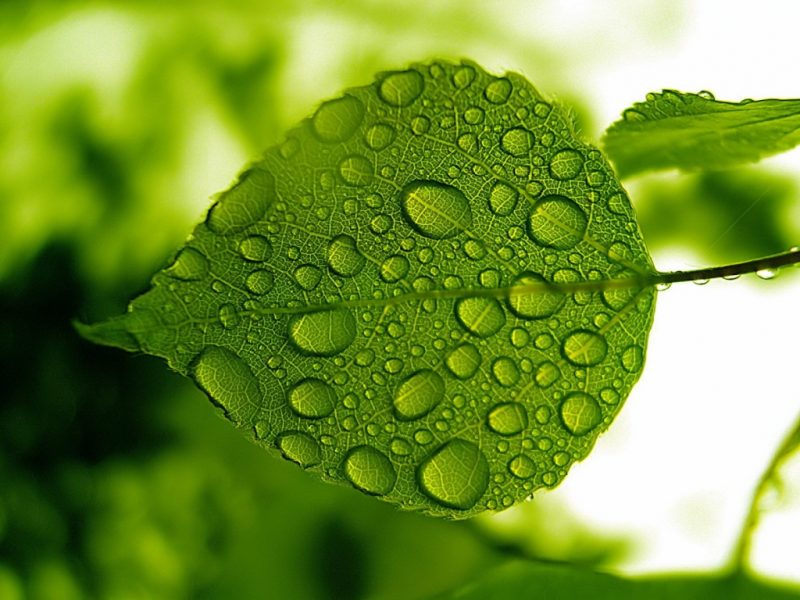
From the stem, water moves into the leaf, passing through the veins through the petiole. On the way, the veins “scatter”, the number of conductive elements becomes smaller. The veins themselves turn into separate tracheids, which form a very dense network. Moisture is retained in the sheet by a single layer epidermis with cuticle on its surface. Water that has turned into steam escapes through the stomata - special numerous micron-sized holes that the plant is able to expand or narrow depending on external conditions.
The mechanism and intensity of transpiration
Plants absorb only a small part of the total volume of water that is extracted from the soil - 0.2 percent, sometimes a little more. Everything else evaporates into the air. The mechanism of operation of the upper end engine is quite simple. It is based on the fact that usually there is not enough water vapor in the atmosphere, which means that its water potential can be described as negative. For example, with a relative humidity of 90 percent, atmospheric pressure is 140 bar. And for the vast majority of representatives of the kingdom of flora, the pressure inside the leaf varies between 1 and 30 bars. Such a large gap and provides transpiration. Water deficit, going down the cells from leaves along the stems, inevitably reaches the roots. This forces the lower engine to “start”, sucking water from the ground. And evaporation from the surface of the leaves raises it, together with all the mineral salts, back up.
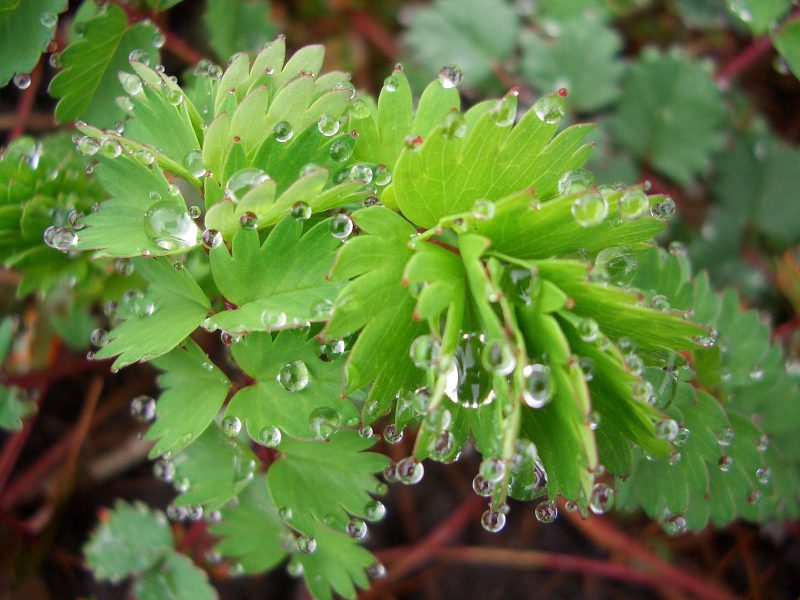
There are several factors that influence transpiration rate.
- "Fullness" of the plant with water. When it reaches a critical level, stomata narrow.
- Saturation of air with carbon dioxide. Most plants respond to its excessive concentration by closing stomata.
- Lighting. Usually when light, stomata open. It gets dark - they close.
- Air temperature. Passing over 35-40 ° C, it provokes the closure of stomata.
- The surface temperature of the sheet itself. Heated for every 10 ° C, the sheet gives off twice as much moisture.
- Humidity and wind speed. The drier the atmosphere, the higher the transpiration.
Transpiration: types
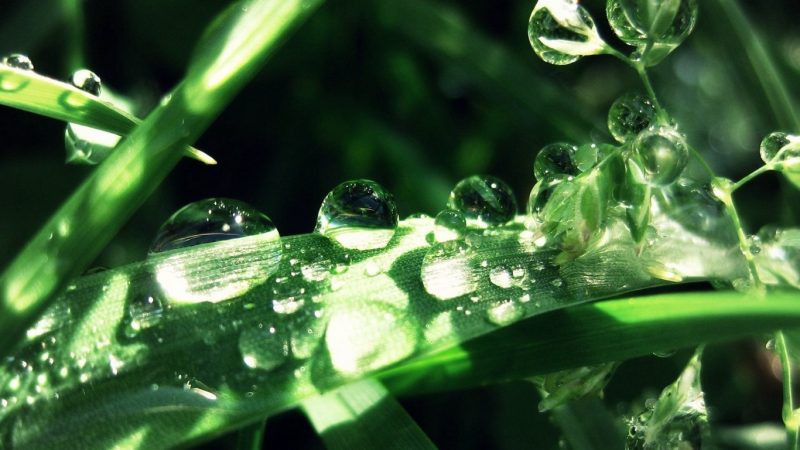
The evaporation of water by plants takes place in three phases:
- Advancing from veins to the upper layers of mesophyll.
- Evaporation from the cell walls into the intercellular spaces and voids around the stomata; subsequent exit outside.
- The last stage is divided into:
- transpiration through stomata - stomata;
- evaporation into the atmosphere directly through epidermal cells - cuticular transpiration.
Ustyutnaya

It can be divided into two stages.
- The transition of water from a droplet state (in this form it resides in cell membranes) into gaseous in intercellular spaces. At this time, the plant is able to regulate the transpiration force. If he lacks water, a strong tension arises in the root and stem vessels, which delays the movement of water to the leaf cells. And evaporation slows down.
- Steam release to the surface through stomata. As soon as water vapor leaves the intercellular voids, they are again filled by moving from the cell membranes. The main lever for coordinating transpiration is the degree of stomata openness.
Cuticular
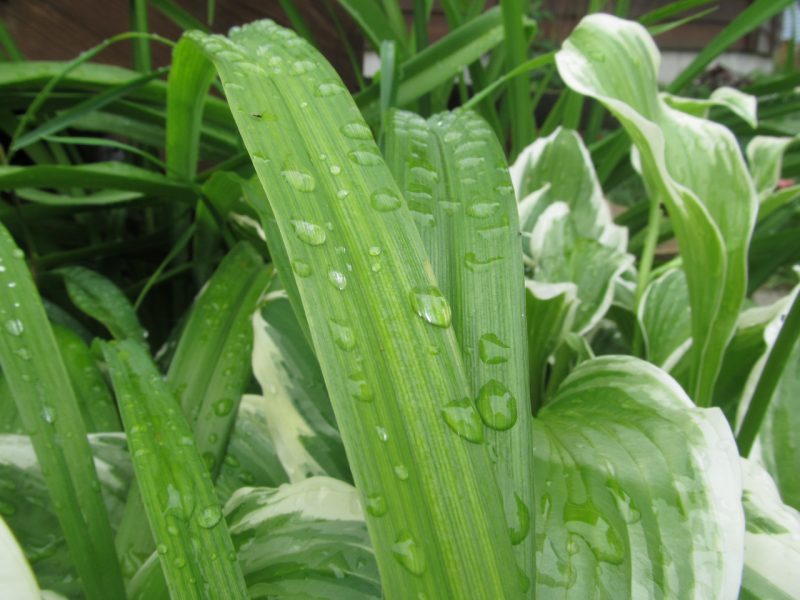
Transpiration, which biologists have called cuticular, is very different in different plant species in its intensity. In some, the loss of moisture at its expense is very slight. For example, the families of magnolia and conifers have a thick epidermis and a cuticle on top of it on the leaves do not allow to lose a lot of fluid. For others, the water transported in this way can be up to 50 percent of the total volume. The process is especially strong when the leaves are still young, with a very thin epidermis and cuticle.
Daily progress and transpiration rates
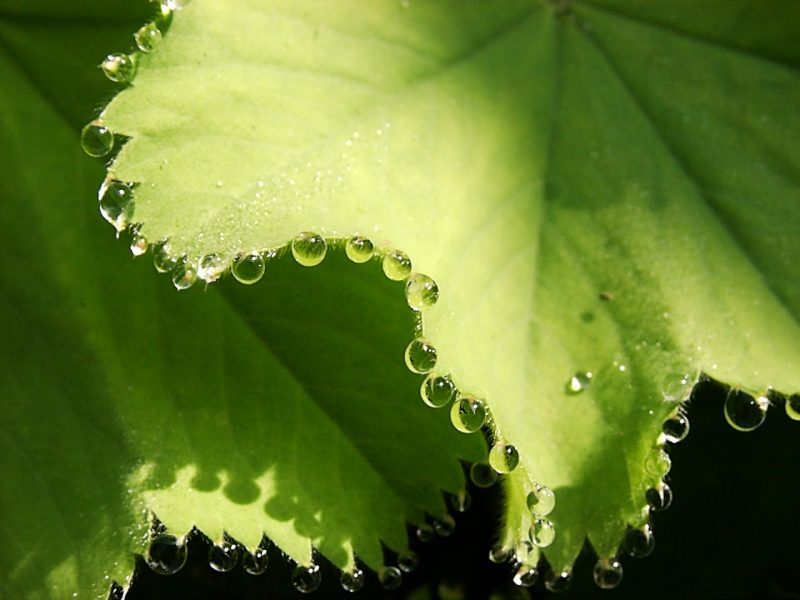
During the day, the plants “breathe” with different strengths.
- If the street is clear and not very dry, they take their first deep “breath” at dawn, when the stomata open to the maximum width. In the afternoon, they gradually narrow and close when the sun sets.
- In dry weather, this happens much earlier - by ten to eleven o'clock. As soon as the heat subsides in the evening, they again open before sunset.
- When the sky is cloudy, stomata are usually open until evening, but not very wide.
Daily fluctuations in water loss are comparable with the movement of stomata. Transpiration is somewhat ahead of the flow of moisture, which cannot pass through the plant cells at the same rate. Therefore, in the daytime a certain deficit is formed. But at night, when the stomata are closed and “sleep”, it is replenished. But in many respects the situation depends on the region where the plant lives, and its species. So, in cactus and euphorbiaceae stomata open exclusively at night.
In a temperate climate, plants use about 300 grams of water to accumulate one gram of dry matter. In general, this indicator can range from 125 to 1000 grams.












